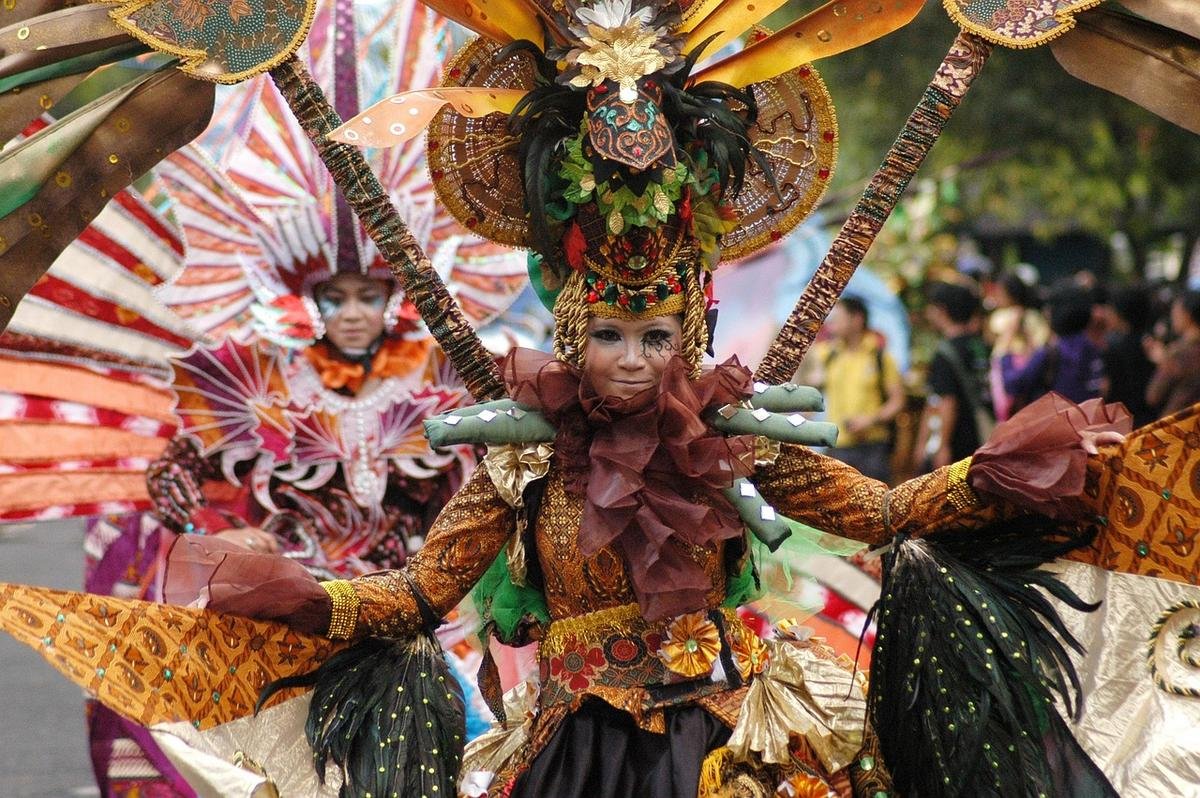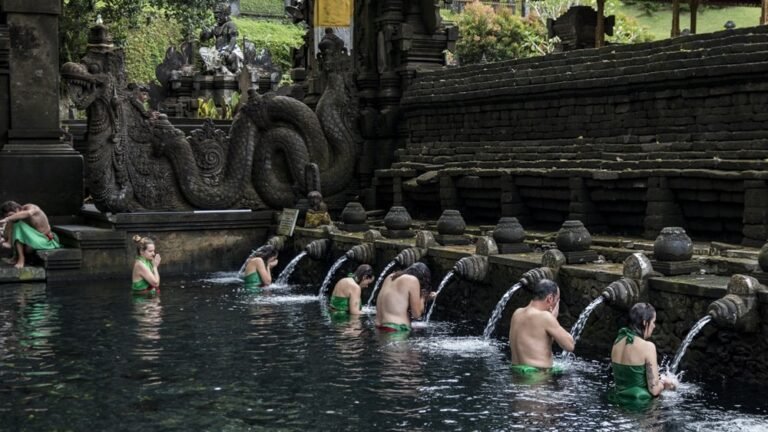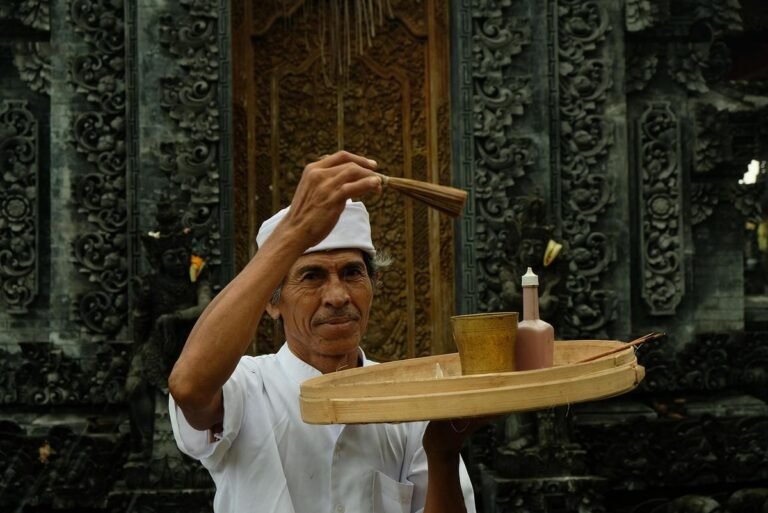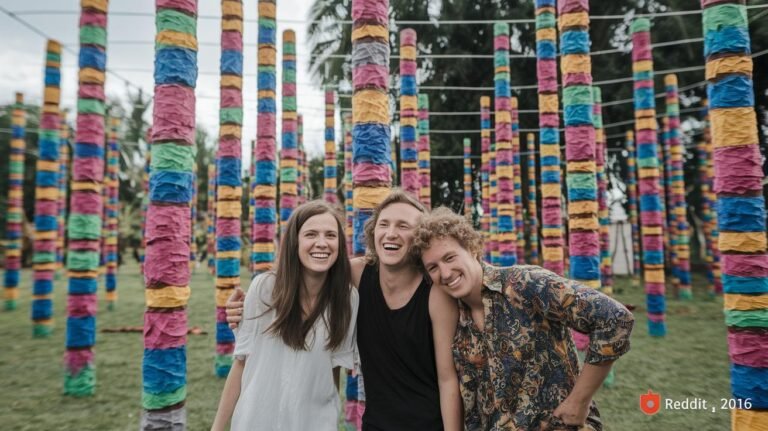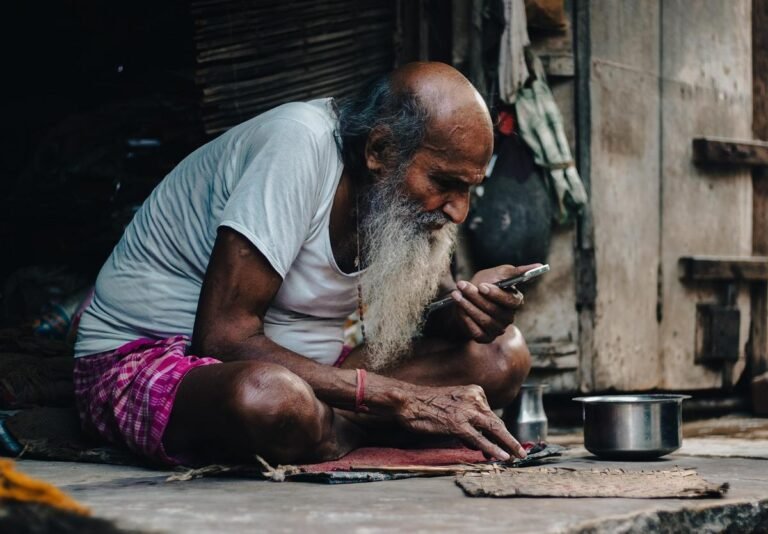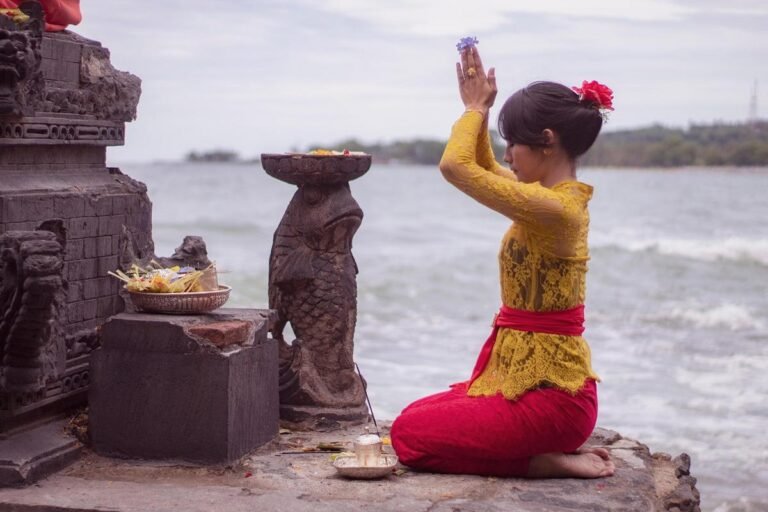Pemogan’s Semara Sidhi Studio Ignites New Generation of Balinese Dancers and Drummers
At the heart of Denpasar, right off Jalan Gelogor Carik No. 59 in the Pemogan area of South Denpasar, the Semara Sidhi Dance Studio offers a quiet alternative to the city’s high-rise blocks and crowded streets. Established in 2005 by Made Lodri with help from his extended family, the facility began with no more than a handful of mats laid out on a polished tile floor. The neighborhood includes a busy market and the Pura Sakenan temple compound, making the site convenient for regular practice and quick trips to nearby religious grounds.
Lodri, who spent his early years studying topeng (mask drama) and legong (classical female choreography) routines at family gatherings, traveled across rural areas to recruit teens showing promise. He recalls that, even villages near Marga and Denpasar struggled to field enough performers for temple rites. “The number of dancers was dwindling, while the need for each ceremony was always there,” he said. He settled on the name Semara Sidhi to reflect a core belief: that affection for cultural roots can inspire achievement in any setting.
Lodri did not work alone. His second daughter, Ni Made Nuraini, a 2002 graduate of STSI—now the Indonesian Arts Institute (ISI) Denpasar—joined him full time as dance instructor and program coordinator. She had performed in elementary school shows and began teaching her classmates while still in high school. Nuraini oversaw lesson plan development, arranged two daily practice periods, and even handled costume repairs. She said, “Since childhood, I’ve been in love with dance. When I was in elementary school, I danced in various performances. In high school, I even started teaching dance.”
Over time, her dedication inspired other family members. Nuraini’s two daughters now follow her footsteps by leading beginner warm-ups, guiding pairs in basic footwork and adjusting silver headdresses for group practice. Neighbors who once simply watched from the sidelines now assist with sewing, painting offering trays and escorting small groups to local temple gates. Nuraini said, “I want the children to know and love Balinese culture. This studio is not only a place to learn to dance, but also a place where children develop a sense of belonging to the tradition.”
Classes cover a mix of classical and inventive dance forms. First-year students practice Pendet and Condong to learn wrist bends, eye focus, and steady posture. Those ready for an intermediate level tackle Cilinaya, known for delicate half-turns and subtle glances, or Truna Jaya, with faster steps and more rhythm accents. Dancers work with wooden fans and richly patterned kain cloth, plus silver crowns and bright make-up for final show rehearsals. Group choreography sessions focus on precise finger mudras that help tell traditional stories.
The studio’s gamelan workshop has grown alongside its dance program. Instruments include kendang drums that mark tempo, ceng-ceng cymbals for quick accents and deep gongs that signal key transitions. Under Lodri’s baton, dancers and musicians meet for early morning rehearsals before Odalan temple festivals and summer cultural events. His high school–age grandson now stands beside him at the gong, learning to count beats and cue each section. That intergenerational pairing shows how percussive arts gain new custodians as older players pass on their skills.
Many children arrive hesitantly after school, drawn in by neighborhood talks or an invitation from a friend. They start with simple steps, then ask to stay longer as they master basic moves. Parents sometimes observe and offer help during classes. “At first, I just followed along, but over time, I became interested,” Nuraini said. Students report improved concentration and posture at school. A few have joined off-island performances and taken part in the Bali Arts Festival. For many families, the studio doubles as a gathering spot where siblings practice as parents help polish instruments or wind headbands.
Families fill the courtyard during afternoon classes. A small gallery near the entrance displays photos and awards from early recitals and official visits. Women share cooking tasks and exchange tips on traditional offerings. Fathers test newly woven sarongs for fit, checking silver detailing. Local cultural groups stop by to borrow dancers and musicians for temple anniversaries, drawing on Semara Sidhi members each season. A special 20th anniversary performance is set for next month. After more than nineteen years, the studio remains one of the few venues in South Denpasar where Balinese performing arts live in daily practice, open to students who will carry these forms into every corner of island life.

